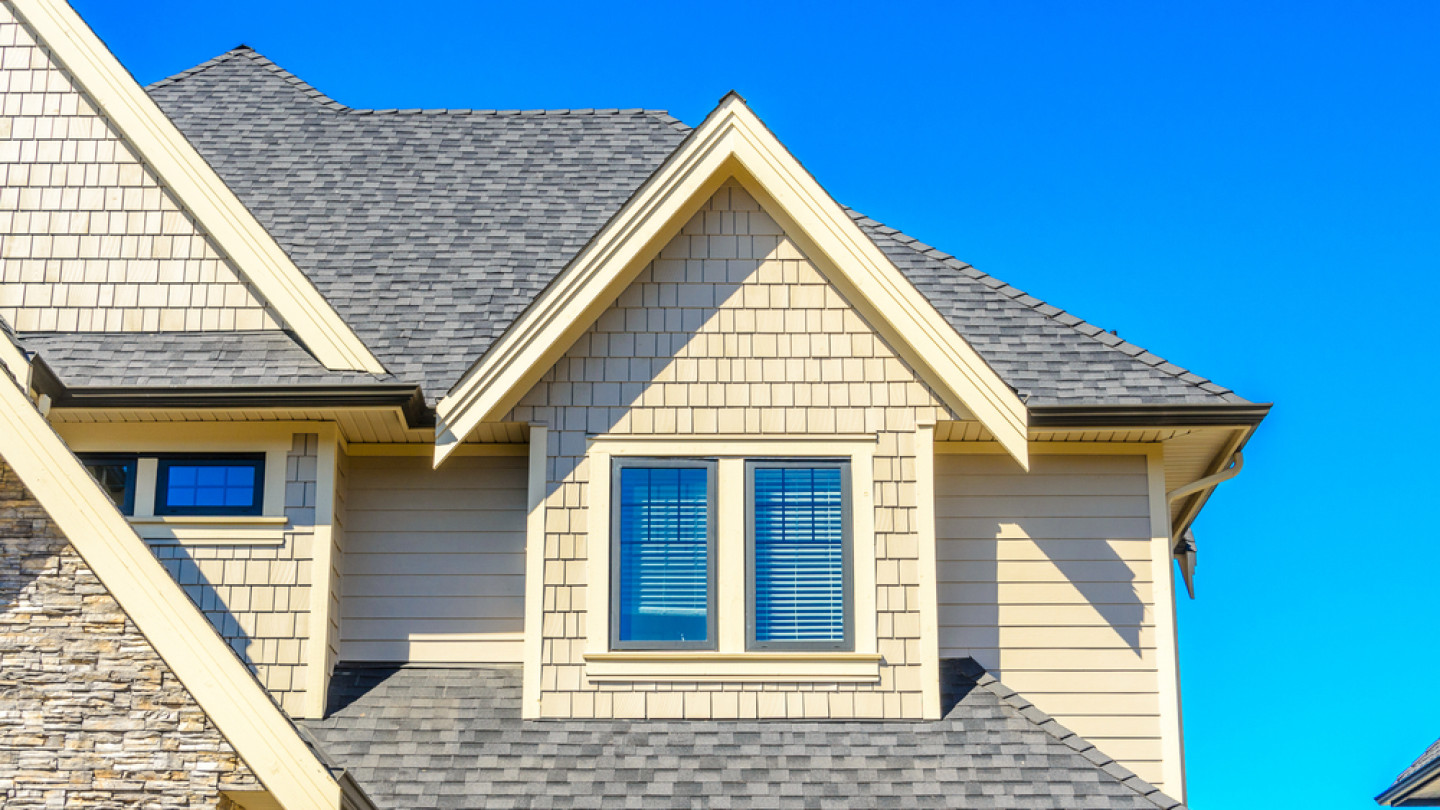
Roofing is an essential component of any building, providing much-needed protection and shelter against the elements. From humble shingles to modern skylights, the evolution of roofing materials and techniques has paved the way for innovation and improved functionality. In this article, we will delve into the fascinating world of roofing, exploring its rich history, the variety of materials available, and the technological advancements that have revolutionized the industry. Join us as we uncover the rise and shine of roofing, shedding light on its significance and the role it plays in keeping us safe and secure.
Evolution of Roofing Materials
In the ever-changing world of construction, the evolution of roofing materials has been a fascinating journey. From ancient civilizations to modern times, the development of roofing materials has played a crucial role in protecting our homes and buildings. Let’s take a closer look at how roofing materials have evolved over the centuries, adapting to the changing needs and technologies of each era.
Natural Materials – From Shingles to Thatch
Before the advent of modern roofing materials, early civilizations relied on natural resources for their roofing needs. One common roofing material was thatch, which consisted of dried grass, reeds, or straw. Thatch provided decent insulation and was readily available in many regions. Another popular choice for roofing was wooden shingles, which offered durability and a rustic aesthetic.
The Emergence of Clay and Slate
As societies advanced, the need for more durable and long-lasting roofing materials became apparent. Ancient civilizations, such as the Romans, began using clay tiles for their rooftops. Clay tiles provided excellent protection from the elements and were easy to produce on a large scale. Similarly, slate, a fine-grained metamorphic rock, became a popular roofing material due to its durability and fire resistance.
Revolutionary Advances – Asphalt Shingles and Beyond
In the early 20th century, the roofing industry witnessed a revolutionary breakthrough with the introduction of asphalt shingles. These shingles, made of a fiberglass mat coated with asphalt, offered superior durability, affordability, and ease of installation. Asphalt shingles quickly became the go-to choice for homeowners and contractors alike, and they remain one of the most commonly used roofing materials to this day.
As roofing technology continues to advance, new materials like metal, rubber, and synthetic composites are being integrated into the market. These materials provide enhanced durability, energy efficiency, and design options. With the rise of eco-consciousness, sustainable roofing materials such as recycled shingles and living roofs are also gaining popularity.
In conclusion, the evolution of roofing materials has been a testament to human ingenuity and the ever-improving technology in the construction industry. From thatched roofs to asphalt shingles and beyond, each era has brought forth new advancements in durability, aesthetics, and sustainability. As we move forward, it will be exciting to see what new materials and innovations emerge to shape the future of roofing.
Innovations in Roofing Design
In recent years, the field of roofing design has experienced an exciting wave of innovations. These advancements have not only enhanced the functionality and durability of roofs, but also brought forth aesthetic enhancements that have transformed the overall look of buildings.
One notable innovation in roofing design is the use of green roofs. Green roofs involve the installation of vegetation on the roof, creating a living, breathing ecosystem. Not only do these roofs provide insulation and reduce energy consumption, but they also help to mitigate the effects of urban heat islands by absorbing and evaporating heat. Green roofs have become increasingly popular in urban areas, where space for traditional gardens is limited.
Another significant trend in roofing design is the integration of solar panels. With the growing emphasis on renewable energy sources, solar panels have become a sought-after addition to roofs. These panels harness the power of the sun to generate electricity and contribute to reducing reliance on non-renewable energy sources. This innovation allows buildings to not only provide shelter but also contribute to a sustainable future.
Furthermore, advancements in material science have played a vital role in revolutionizing roofing design. Traditional shingles have been replaced with more durable and weather-resistant options such as synthetic roofs made from rubber or plastic. These materials offer increased strength, longevity, and resistance to extreme weather conditions. Additionally, developments in nanotechnology have enabled the creation of self-cleaning roof coatings that prevent the buildup of dirt, moss, and debris, ultimately reducing maintenance requirements.
Innovations in roofing design continue to shape the industry, making roofs more than just functional structures. With the integration of green roofs, solar panels, and advanced materials, roofs have become essential components in creating energy-efficient buildings that are in harmony with the environment. These innovations not only provide shelter but also contribute to a sustainable future and add a touch of modernity to architectural aesthetics.
Benefits of Skylights
Skylights offer numerous benefits that can enhance both the functionality and aesthetics of a building. With their ability to bring natural light into interior spaces, skylights have become increasingly popular in the world of roofing.
First and foremost, the primary advantage of skylights is the abundant natural light they provide. This influx of sunlight not only brightens up the room, but it also creates a warm and inviting atmosphere. Natural light has been shown to improve mood and productivity, making skylights a valuable addition to any space.
In addition to the positive impact on our well-being, skylights can also help reduce energy consumption. By harnessing natural light during the day, reliance on artificial lighting can be minimized, resulting in lower electricity bills and a smaller carbon footprint. This energy-efficient feature makes skylights an environmentally friendly choice for homeowners and businesses alike.
Furthermore, skylights offer the added benefit of improved ventilation. Many skylights are designed to be operable, allowing fresh air to flow into the room. This can help regulate indoor temperature and reduce the need for air conditioning, leading to further energy savings. The natural ventilation provided by skylights also helps to maintain a healthy and comfortable living environment.
In conclusion, skylights bring a multitude of benefits to both residential and commercial buildings. From the positive effects of natural light on our well-being to the energy savings and improved ventilation, skylights have proven to be a valuable aspect of modern roofing design.



